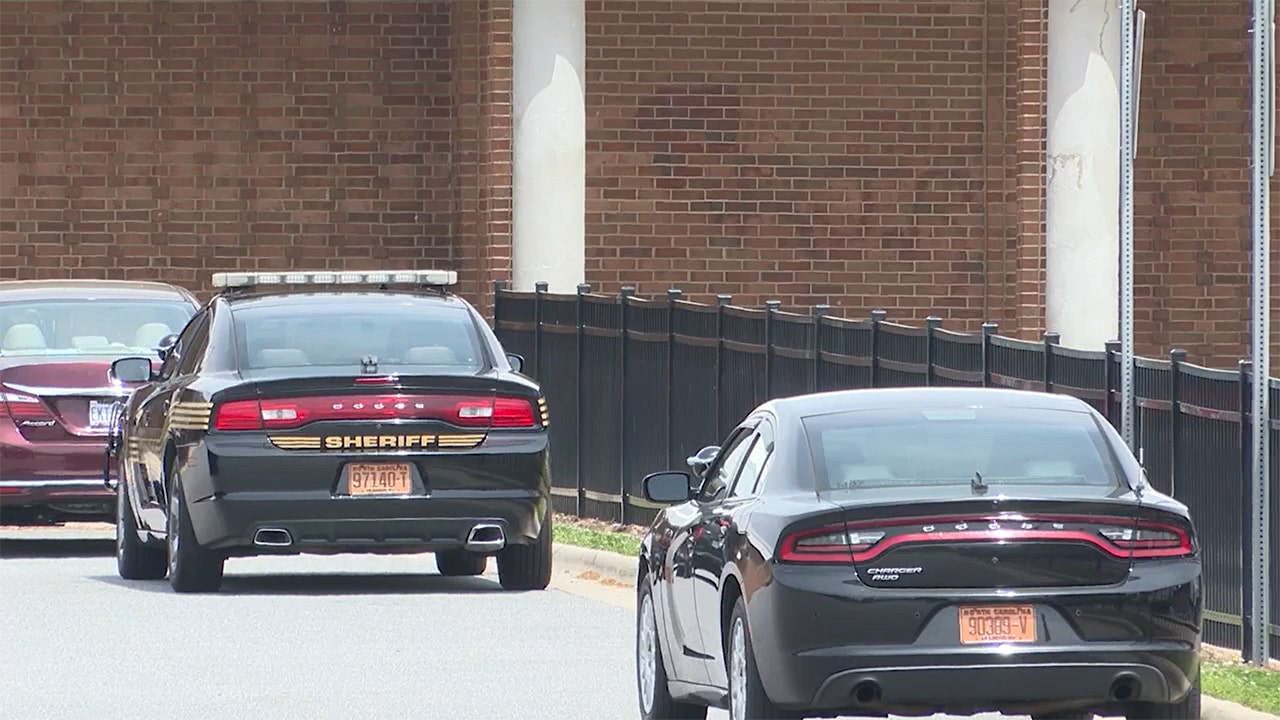I call it my car, but it’s really a Times car, managed and maintained by a fleet management company. I drove a different car when I first started covering Texas in 2011. A few years later in 2014, I got the Malibu, and it had been my trusty, dirty, unheralded and exhausted companion ever since.
Texas is so massive, catastrophe-prone and story-rich that covering it adequately requires not only wheels or wings but also a mobile office. The Malibu was mine. A power inverter plugged into the cigarette lighter turned the passenger seat into a cubicle: I could sit and work on my laptop while the car idled and charged the computer. The distance from Houston to El Paso, which I’ve traveled a few times in the Malibu, is 747 miles, the equivalent of driving on a multi-state road trip from Times Square to Plainfield, Ind. It’s best, in other words, to get comfortable, because the road is long, and the state is, too.
I slept in the Malibu, ate in it, did interviews in it, filed stories on my laptop in it. It had at least two emergency car-wash interventions, one by my in-laws and the other by a visiting editor. One Saturday in 2016, the news broke that Justice Antonin Scalia had died suddenly on a West Texas ranch as I was driving my wife and two children from a funeral in Austin. I pulled over, switched places with my wife and did phone interviews from the passenger side as the Malibu sped back to Houston, while my son and daughter kicked the back of the seat.
Last year, I almost lost the Malibu covering Tropical Depression Imelda in Chambers County, foolishly driving too far into floodwaters. I remember looking down and seeing waves of brown water around me, as if the low-slung Malibu had suddenly been dropped into a rural ocean. It took days for the USB port in the armrest to work again.
I don’t know who got to know the Malibu better — me, or the employees down at the Firestone Complete Auto Care on Kirby Drive in Houston, my go-to repair shop. I flipped through some of the old receipts the other day. Journalistically and automotivally speaking, the receipts were a kind of story behind the story.






